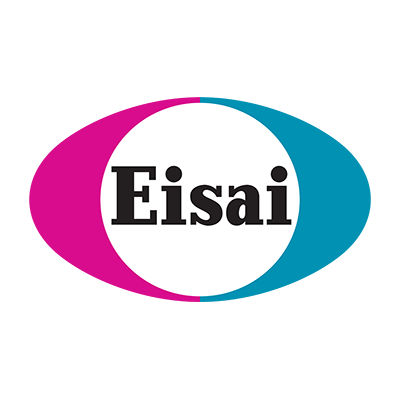预约演示
更新于:2025-05-07
Vitamin E Nicotinicate
维生素E烟酸酯
更新于:2025-05-07
概要
基本信息
原研机构 |
在研机构 |
非在研机构- |
权益机构- |
最高研发阶段批准上市 |
最高研发阶段(中国)批准上市 |
特殊审评- |
登录后查看时间轴
结构/序列
分子式C35H53NO3 |
InChIKeyMSCCTZZBYHQMQJ-AZAGJHQNSA-N |
CAS号43119-47-7 |
关联
43
项与 维生素E烟酸酯 相关的临床试验NCT06494111
Systemic Therapy of Open-label Prophylactic Pravastatin or Pentoxifylline/Tocopherol Prevention of Lymphedema Advancing to Eventual Fibrosis: an Interventional Registry-embedded Bayesian Randomized Trial for Radiation Sequelae (STOP4-LATE-FIBROSE)
To learn if pentoxifylline and vitamin E or pravastatin can reduce radiation-induced lymphedema/fibrosis.
开始日期2025-11-29 |
NCT06912763
Reversing External-beam Radiotherapy-associated Fibrosis Syndrome: an Interventional Bayesian Adaptive Randomized-controlled Orphan Drug Platform Trial for Orodental Sequelae (Reverse-fibrose)
To find out if adding medication can help treat or prevent lymphedema and/or fibrosis related to radiation therapy, in survivors of head and neck cancer. Researchers will compare these drugs to find the most effective therapy for preventing or limiting these side effects.
开始日期2025-09-18 |
申办/合作机构- |
NCT06926712
The Effect of Vitamin E Supplementation on Hospital Stay Duration in Non-cyanotic Heart Disease Children With Lower Respiratory Tract Infections - Randomized Controlled Trial
Congenital heart disease can lead to serious health issues, particularly an increased risk of infections, specifically respiratory infections. Lower respiratory tract infections are the fifth leading cause of death globally. Also considered a significant cause of morbidity and mortality among children with congenital heart disease.
In Egypt, it is estimated that 10% of deaths in children under the age of 5 years are probably caused by lower respiratory tract infections and other acute respiratory infections. common non-cyanotic CHD like Ventricular septal defect predispose to bronchopneumonia.
Hemodynamically significant congenital heart disease with pulmonary congestion increases the risk of lower respiratory tract infections and hospitalizations. This relies on several modifiable risk factors, including low socioeconomic status, poor diet, overcrowding, prematurity, male gender, and exposure to secondhand smoke.
Micronutrients play a crucial role in strengthening the immune system. Many Studies have shown that when children are supplemented with various micronutrients, they experience fewer episodes of acute respiratory infections, and the duration and severity of these infections are reduced.
Vitamin E is essential for immune system function and may lower disease risk by enhancing immune responses. It protects neurons and respiratory mucosa from oxidative damage and has been linked to a reduced incidence of asthma and inflammation, potentially safeguarding young children from atopy and wheezing.
There are no available studies in our locality about the effect of vitamin E supplementation on the length of hospital stay for non-cyanotic cardiac patients with lower respiratory tract infections.
In Egypt, it is estimated that 10% of deaths in children under the age of 5 years are probably caused by lower respiratory tract infections and other acute respiratory infections. common non-cyanotic CHD like Ventricular septal defect predispose to bronchopneumonia.
Hemodynamically significant congenital heart disease with pulmonary congestion increases the risk of lower respiratory tract infections and hospitalizations. This relies on several modifiable risk factors, including low socioeconomic status, poor diet, overcrowding, prematurity, male gender, and exposure to secondhand smoke.
Micronutrients play a crucial role in strengthening the immune system. Many Studies have shown that when children are supplemented with various micronutrients, they experience fewer episodes of acute respiratory infections, and the duration and severity of these infections are reduced.
Vitamin E is essential for immune system function and may lower disease risk by enhancing immune responses. It protects neurons and respiratory mucosa from oxidative damage and has been linked to a reduced incidence of asthma and inflammation, potentially safeguarding young children from atopy and wheezing.
There are no available studies in our locality about the effect of vitamin E supplementation on the length of hospital stay for non-cyanotic cardiac patients with lower respiratory tract infections.
开始日期2025-06-01 |
申办/合作机构 |
100 项与 维生素E烟酸酯 相关的临床结果
登录后查看更多信息
100 项与 维生素E烟酸酯 相关的转化医学
登录后查看更多信息
100 项与 维生素E烟酸酯 相关的专利(医药)
登录后查看更多信息
1,670
项与 维生素E烟酸酯 相关的文献(医药)2025-06-01·European Journal of Pharmacology
The effect of vitamin E supplementation on serum low-density lipoprotein oxidization: A systematic review and meta-analysis of clinical trials
Review
作者: Bagherniya, Mohammad ; Navab, Fatemeh ; Kesharwani, Prashant ; Sahebkar, Amirhossein ; Jamialahmadi, Tannaz ; Amini, Sepide ; Rouhani, Mohammad Hossein
2025-04-01·Food Chemistry
Different effects of tocopherol natural extract on sunflower oil stability under frying and accelerated storage conditions: A comprehensive study on the fate of major and minor components of oil, and added tocopherols
Article
作者: Nieva-Echevarria, Barbara ; Goicoechea-Oses, Encarnacion ; Martinez-Yusta, Andrea ; Ruiz-Aracama, Ainhoa ; Alberdi-Cedeño, Jon
2025-04-01·Chemistry & Biodiversity
GC/MS Analysis and Compounds Isolation of Lycium shawii Petroleum Ether Seeds Extract for Regulating Nrf2/OH‐1 Pathway, Oxidative Stress, and Inflammation in Acrylamide‐Induced Infertility in Female Rats
Article
作者: Elbatanony, Marwa M. ; Hamed, Manal A. ; Nasr, Noha N.
65
项与 维生素E烟酸酯 相关的新闻(医药)2025-02-26
·生物谷
本文研究揭示了FTO蛋白降解背后的新型分子机制,并识别出了能抑制肿瘤生长并克服免疫疗法耐受性的FTO膳食降解剂。
高水平的脂肪量和肥胖相关蛋白(FTO)与肿瘤生长增加和对免疫疗法耐受相关。近日,一篇发表在国际杂志Proceedings of the National Academy of Sciences上题为“Targeting DTX2/UFD1-mediated FTO degradation to regulate antitumor immunity”的研究报告中,来自芝加哥大学等机构的科学家们通过研究发现,琥珀酸维生素E(VES,vitamin E succinate)或能作为一种有效的制剂,通过促进FTO的降解来控制肿瘤的生长。
表观遗传学和表观转录组学在不改变基因序列的前提下在修饰基因表达方面扮演着重要角色,N6-甲基腺苷(m6A, N6-methyladenosine)就是这样一种机制,即甲基基团能被添加到RNA上腺苷的N6位置,而添加这些甲基基团能增强RNA的稳定性,然而,利用酶类进行移除(比如FTO)就能促进肿瘤的发展。FTO是研究人员发现的首个m6A甲基化酶,如今其已经被证明在多种癌症中能被上调,这项研究中,研究人员通过研究识别出了能降解FTO的候选物质。
FTO甚至在其在RNA修饰过程中的作用被完全阐明之前就引起了肥胖研究领域科学家们的关注,研究者Yu-Ying He表示,早在2019年的研究中我们就观察到了黑色素瘤中FTO水平的升高,我们识别出了诸如紫外线辐射和砷暴露等环境因素会促进FTO水平的升高,从而导致黑色素瘤和其它癌症中RNA修饰水平减少。尽管目前研究人员已经识别出了多种小分子FTO抑制剂,但由于其未知或不良的毒性特性,这些抑制剂的临床用途仍然受到限制。
通过联合研究后,研究人员筛选出了多种化合物并发现,琥珀酸维生素E能作为FTO的潜在降解剂,与其它一些小分子抑制剂不同,VES具有良好的安全特性,且被广泛用作膳食补充剂。利用分子对接工具,研究人员证实了VES能与FTO有效结合从而导致其被降解,同时其它维生素或维生素E衍生物并不会表现出相同的效应;由于大多数蛋白质的降解都是由E3泛素连接酶所介导的,因此研究人员进一步研究后识别出DTX2或能作为参与VES介导的FTO降解过程的E3泛素连接酶。
研究人员表示,琥珀酸维生素E由两部分组成,即能与FTO结合的琥珀酸盐、能与DTX2结合的维生素E(结合后形成E3连接酶);这种双重相互作用能将DTX2和FTO结合,从而促进FTO的降解,从本质上来讲就好像分子胶水一样。为了深入探索VES抑制肿瘤发生并增强肿瘤对免疫疗法敏感性背后的分子机制,研究人员进行了相关实验最终证明,VES能通过肿瘤固有的FTO抑制机制来增强T细胞介导的细胞毒性。研究者表示,作为一种广泛使用的膳食补充剂,VES拥有已知的安全性,且针对对免疫疗法耐受且具有较高FTO水平的癌症而言,其能作为一种有效的治疗性策略。
综上,本文研究揭示了FTO蛋白降解背后的新型分子机制,并识别出了能抑制肿瘤生长并克服免疫疗法耐受性的FTO膳食降解剂。(生物谷Bioon.com)
参考文献:
Yan-Hong Cui, Jiangbo Wei, Hao Fan, et al. Targeting DTX2/UFD1-mediated FTO degradation to regulate antitumor immunity, Proceedings of the National Academy of Sciences (2024). DOI:10.1073/pnas.2407910121
免疫疗法
2025-02-25
题图 | Pixabay
撰文 | 宋文法
代谢功能障碍相关脂肪肝病(MASLD),是全球最常见的慢性肝病之一,也是中国发病率最高的慢性肝病类型,在全球和亚洲的患病率均接近30%。目前,治疗脂肪肝的选择非常有限,生活方式干预仍然是MASLD治疗的主要手段,包括改变饮食和运动。
代谢功能障碍相关脂肪性肝炎(MASH),是MASLD的进展阶段,以肝细胞损伤和炎症为特征,MASH可导致肝纤维化、肝硬化,甚至肝细胞癌。
氧化应激是MASH发病机制中的关键因素,而维生素E作为一种天然抗氧化剂。目前,尚不清楚维生素E治疗MASH的有效性和安全性。
2025年2月18日,杭州师范大学、南京中医药大学、复旦大学的研究人员在" Cell Reports Medicine "期刊上发表了一篇题为" Vitamin E (300 mg) in the treatment of MASH:A multi-center,randomized,double-blind,placebo-controlled study "的临床研究论文。
这项临床研究显示,每天口服300毫克维生素E,持续96周的治疗,可显著改善MASH患者肝脏组织学,并降低炎症标志物,包括脂肪变性、小叶炎症和纤维化阶段等,且未发现明显的安全性问题。
这一发现对于MASH患者具有重要意义,提供了一种非侵入性、方便的治疗方式。
图:参考文献
在这项多中心、随机、双盲、安慰剂对照研究中,研究人员在中国14个临床中心招募了124名非糖尿病、经肝活检证实的MASH患者,按1:1随机分配到维生素E(每天口服300毫克)或安慰剂组,持续96周,随后进行24周的随访,分析了维生素E治疗MASH的有效性和安全性。
两组之间的基线特征相当,维生素E、安慰剂组平均年龄分别为38、39岁,男性参与者占多数,分别占72.4%、75.8%。
结果发现,对于肝脏组织学改善方面,96周后,维生素E组有29.3%,显著高于安慰剂组的14.1%,且在统计学上具有显著意义。
在肝纤维化改善方面,维生素E组的肝纤维化改善率为25.9%,至少消退了一个阶段,且脂肪性肝炎没有恶化,而安慰剂组仅有15.6%。
肝脏组织学、纤维化改善(图:参考文献)
对于肝功能指标改善,维生素E组在治疗96周后ALT和AST水平显著下降,且这种下降在治疗后24周的随访中得以维持。
此外,与安慰剂组相比,维生素E组显著改善了脂肪变性、小叶炎症和纤维化阶段等脂肪肝评分指标。
肝脏指标改善(图:参考文献)
同时,维生素E组显著降低了血清炎症水平,促炎细胞因子IL-6水平显著降低。
从安全性来看,共发生了11例不良事件,包括维生素E组7例和安慰剂组4例,但均被认为与治疗不相关。重要的是,在治疗和随访期间,没有发生心血管事件、心力衰竭、新发糖尿病、前列腺癌,这避免了补充维生素E的担忧。
图:参考文献
综上,研究表明,每天服用300毫克维生素E进行96周的治疗,可显著改善肝脏组织学,并降低炎症标志物,且治疗耐受性良好,未发现重大安全问题,为对抗代谢性肝病提供了更安全有效的治疗选择。
参考文献:
https://doi.org/10.1016/j.xcrm.2025.101939
声明:本文仅做学术分享,不构成任何建议。
临床结果
2025-02-22
·生物世界
撰文丨王聪
编辑丨王多鱼
排版丨水成文
代谢功能障碍相关脂肪性肝病(MASLD),以前称为非酒精性脂肪性肝病(NAFLD),已成为全球最常见的慢性肝病之一,在全球和亚洲的患病率接近 30%。其更严重的形式是代谢功能障碍相关脂肪性肝炎(MASH),其特征是肝细胞损伤和炎症,伴或不伴纤维化,导致更重的肝脏相关发病率和死亡率负担。
2024 年,FDA 批准了首款 MASH 治疗药物——甲状腺激素受体-β(THR-β)选择性激动剂 Resmetirom,用于治疗伴有肝纤维化的中晚期 MASH。然而,MASH 的发展受到多种病理生理因素的驱动。在大量伴有肝纤维化的 MASH 患者中,治疗需求仍未得到满足。
2025年2月,杭州师范大学附属医院施军平教授、南京大学医学院附属鼓楼医院李婕教授、复旦大学附属第五人民医院臧淑妃主任医师等在 Cell 子刊 Cell Reports Medicine 上发表了题为:Vitamin E (300 mg) in the treatment of MASH:A multi-center,randomized,double-blind,placebo-controlled study 的临床研究论文。
这项多中心、随机、双盲、安慰剂对照临床试验表明,低剂量的维生素 E(300 mg/d)在改善 MASH 患者的组织学和肝功能方面有效,且安全性良好。与之前高剂量研究相比,较低剂量同样有效,可能更适合长期使用。这项研究支持了维生素E(300 mg/d)作为 MASH 的安全有效治疗选择。
氧化应激是 MASH 过程中的主要贡献者,在抗氧化系统的清除能力超过活性氧(ROS)的产生时发生。维生素 E 是一种天然抗氧化剂,是治疗 MASH 最有前景的药物之一。
2010 年和 2011 年发表的两项具有里程碑意义的随机临床试验 PIVENS 和 TONIC 证明了维生素 E 对成人和儿童患者的疗效。在此后的十多年里,研究人员在 MASLD 成人患者中开展了不同剂量维生素 E 的临床试验,通常显示高剂量(例如 800 mg/d)对治疗有效,然而,高剂量的维生素 E 可能引发一些安全问题,包括出血性卒中、前列腺癌、心血管疾病,甚至全因死亡率。
因此,需要探索维生素 E 的合适剂量,以平衡其治疗益处和不良反应。
中国指南推荐的维生素 E 摄入量为 300-450 IU/d(即每天摄入200-300 mg)。之前的维生素 E 药代动力学分析表明,每天多次服用 300 mg 与每天服用 600-800 mg 的最大浓度(Cmax)和曲线下面积相当。因此,这项由研究者发起的多中心、双盲、随机、安慰剂对照临床试验,旨在探索较低剂量的维生素 E(300 mg/d)治疗非糖尿病的 MASH 患者的疗效和安全性。
该临床试验共有 124 名非糖尿病且经组织活检证实的 MASH 患者参与,他们被随机分为维生素 E 组和安慰剂组,治疗 96 周。主要终点是肝脏组织学改善(NAS评分降低≥2分,且纤维化无恶化),次要终点包括纤维化改善、炎症缓解、肝功能指标(ALT/AST)、肝硬度(LSM)等。
治疗结果显示:维生素 E 组在主要终点(组织学改善)上显著优于安慰剂组(29.3% vs. 14.1%)。此外,脂肪变性、肝小叶炎症和纤维化阶段也有显著改善。相比安慰剂组,维生素 E 组的肝功能指标(ALT/AST)持续下降,肝硬度(LSM)显著降低,炎症因子 IL-6 水平下降,提示了抗炎作用。在安全性方面,两组不良事件发生率无显著差异,未发现心血管事件、前列腺癌等高风险副作用。
该研究的意义:
低剂量优势:首次证实 300 mg 的低剂量维生素 E 可改善 MASH 组织学,为长期治疗提供更安全选择。
中国人群证据:填补了亚洲人群数据空白,支持中国指南推荐的 200-300mg/d 的维生素 E 补充剂量。
机制发现:维生素 E 对血糖、血脂无明显影响,提示了其作用机制独立于直接代谢调控,而是通过抗氧化和抗炎途径起效。
论文链接:
https://www.cell.com/cell-reports-medicine/fulltext/S2666-3791(25)00012-6
设置星标,不错过精彩推文
开放转载
欢迎转发到朋友圈和微信群
微信加群
为促进前沿研究的传播和交流,我们组建了多个专业交流群,长按下方二维码,即可添加小编微信进群,由于申请人数较多,添加微信时请备注:学校/专业/姓名,如果是PI/教授,还请注明。
点在看,传递你的品味
临床结果临床研究申请上市
100 项与 维生素E烟酸酯 相关的药物交易
登录后查看更多信息
研发状态
10 条最早获批的记录, 后查看更多信息
登录
| 适应症 | 国家/地区 | 公司 | 日期 |
|---|---|---|---|
| 动脉硬化闭塞症 | 日本 | 1967-01-10 | |
| 高脂血症 | 日本 | 1967-01-10 | |
| 高血压 | 日本 | 1967-01-10 | |
| 动脉粥样硬化 | - | - | - |
| 外周动脉疾病 | - | - | - |
登录后查看更多信息
临床结果
临床结果
适应症
分期
评价
查看全部结果
登录后查看更多信息
转化医学
使用我们的转化医学数据加速您的研究。
登录
或
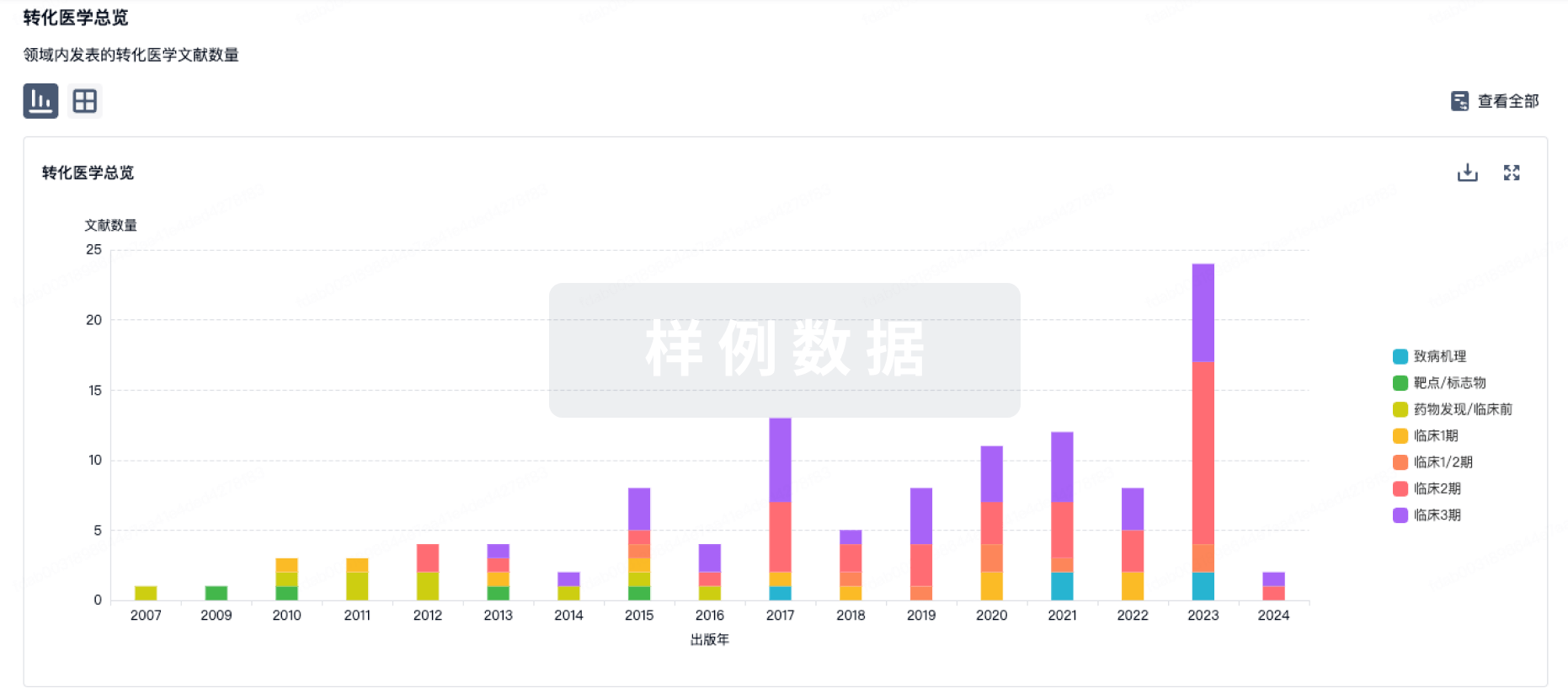
药物交易
使用我们的药物交易数据加速您的研究。
登录
或
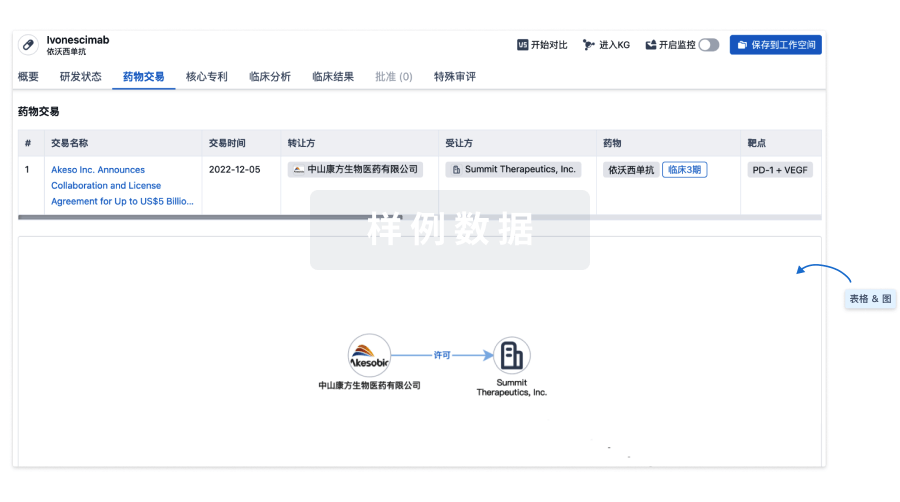
核心专利
使用我们的核心专利数据促进您的研究。
登录
或
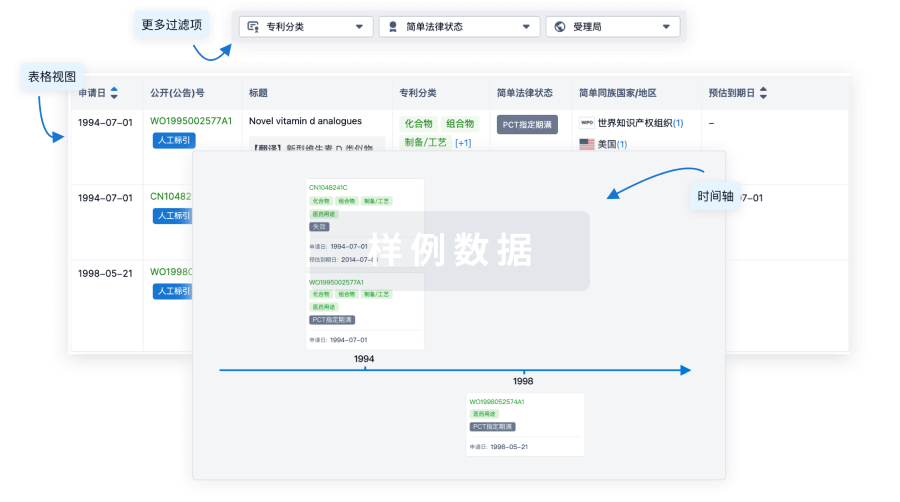
临床分析
紧跟全球注册中心的最新临床试验。
登录
或
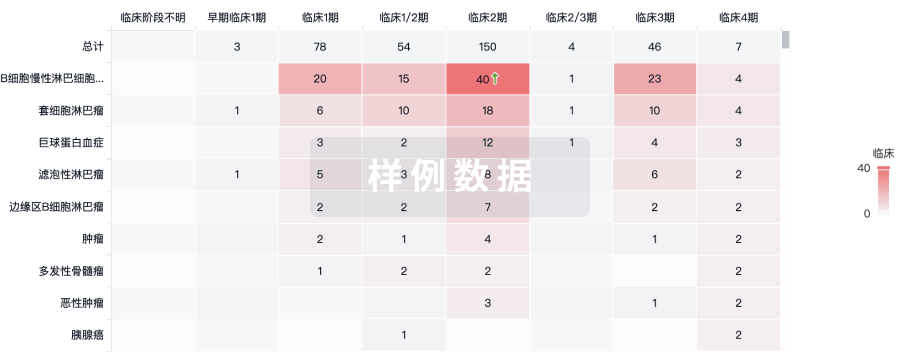
批准
利用最新的监管批准信息加速您的研究。
登录
或
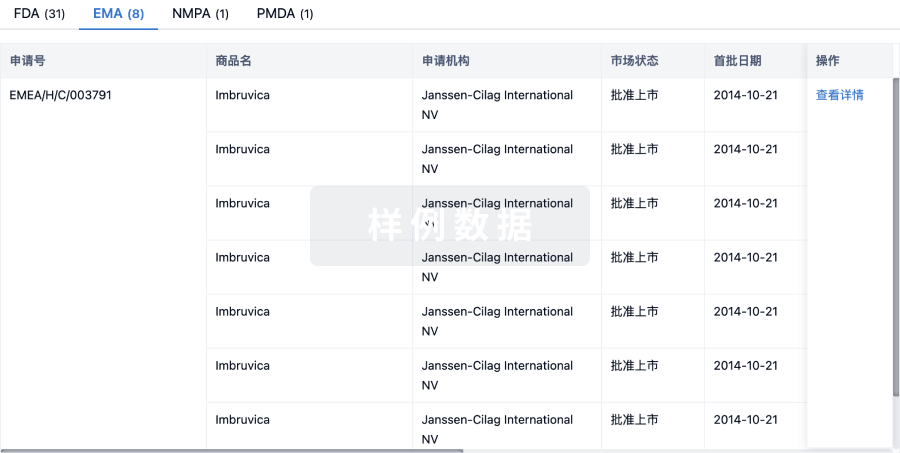
特殊审评
只需点击几下即可了解关键药物信息。
登录
或

Eureka LS:
全新生物医药AI Agent 覆盖科研全链路,让突破性发现快人一步
立即开始免费试用!
智慧芽新药情报库是智慧芽专为生命科学人士构建的基于AI的创新药情报平台,助您全方位提升您的研发与决策效率。
立即开始数据试用!
智慧芽新药库数据也通过智慧芽数据服务平台,以API或者数据包形式对外开放,助您更加充分利用智慧芽新药情报信息。
生物序列数据库
生物药研发创新
免费使用
化学结构数据库
小分子化药研发创新
免费使用
